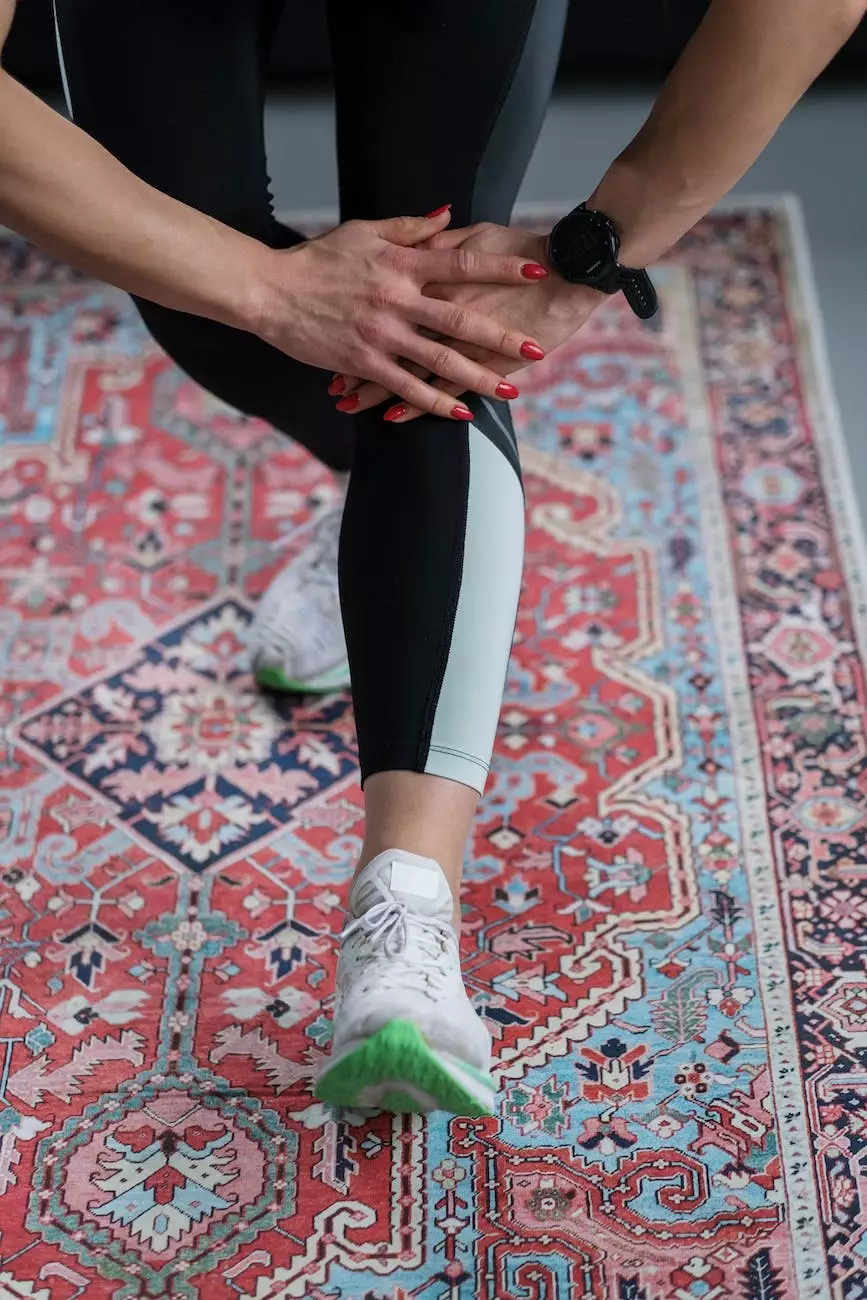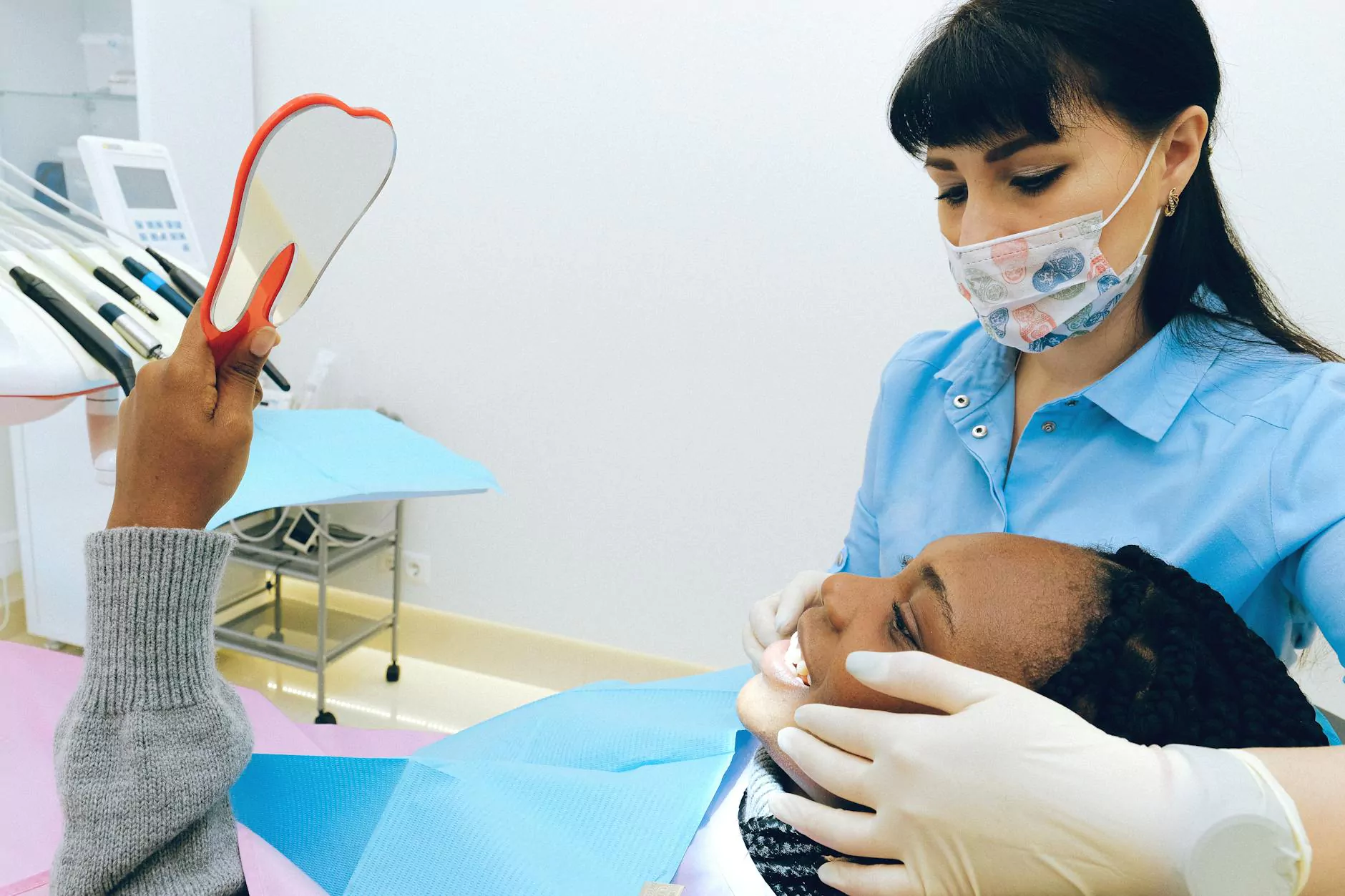The Importance of Muscles of the Foot and Lower Leg

Introduction
The foot is a remarkable part of our body that is often overlooked. It serves as the foundation and support for our entire body weight, allowing us to stand, walk, and run. Behind this complex mechanism are a network of muscles in the foot and lower leg that play a crucial role in maintaining overall foot health and function.
Why Muscles Matter
When we think of foot care, we tend to focus on the condition of our skin, nails, and bones. However, the muscles in the foot and lower leg are equally important. These muscles enable us to move our feet, maintain balance, and absorb shock while walking or engaging in physical activities.
Weak or imbalanced muscles can lead to various foot problems such as flat feet, plantar fasciitis, Achilles tendonitis, and even ankle sprains. By understanding the muscles involved and taking steps to keep them strong and flexible, we can prevent or alleviate these issues.
The Muscles of the Foot
The muscles in the foot can be classified into several groups:
Intrinsic Muscles:
The intrinsic muscles are the small muscles found within the foot itself. They are responsible for fine-tuning movements and controlling the arches of the foot. These muscles include:
- Flexor Digitorum Brevis: This muscle helps in flexing the toes.
- Abductor Hallucis: Located on the inside of the foot, it assists in moving the big toe away from the other toes.
- Flexor Hallucis Brevis: Situated within the sole of the foot, it aids in flexing the big toe.
- Lumbricals: These four muscles allow the toes to bend and flex.
Extrinsic Muscles:
The extrinsic muscles are larger muscles that originate from the lower leg and extend down to the foot. They provide stability and drive movements of the foot. The primary extrinsic muscles include:
- Gastrocnemius and Soleus: These calf muscles help with lifting the heel during walking or running.
- Tibialis Anterior: Located on the front of the lower leg, it lifts the foot and helps control ankle movement.
- Peroneus Longus and Brevis: These muscles aid in ankle stability and moving the foot away from the midline.
- Extensor Digitorum Longus: It extends the toes and assists in ankle dorsiflexion.
The Importance of a Healthy Muscular System
Having strong and flexible muscles of the foot and lower leg is not only crucial for overall foot health but also beneficial for the entire body. Here are some key advantages:
Improved Foot Stability
Strong muscles provide better support to the arches of the foot, preventing excessive pronation or supination. This stability enhances balance, reduces the risk of falls, and improves overall foot function.
Enhanced Shock Absorption
Muscles that can properly absorb shock help protect the bones and joints in the foot and lower leg. This is especially important during high-impact activities like running and jumping, where the forces experienced can be significant. Proper shock absorption reduces the risk of stress fractures and other related injuries.
Prevention of Foot Deformities
Well-developed muscles help maintain the structural integrity of the foot, preventing the development of common foot deformities such as flat feet or hammertoes. These conditions can cause discomfort, pain, and difficulty in performing daily activities.
Optimal Performance in Physical Activities
A strong lower leg and foot musculature are vital for athletes and individuals who engage in sports or physical activities. Well-conditioned muscles provide better propulsion, speed, and agility, enhancing performance and minimizing the risk of injuries.
Caring for Your Foot Muscles
Now that we understand the importance of muscles in the foot and lower leg, it's essential to take proactive steps to care for them. Here are some tips to maintain optimal foot muscle health:
Stretching and Strengthening Exercises
Incorporate regular stretching and strengthening exercises into your fitness routine. Target the calf muscles, Achilles tendon, and intrinsic foot muscles with exercises such as toe curls, calf raises, and ankle rotations. This helps maintain flexibility and strength, reducing the risk of muscle imbalances.
Orthotic Support
Consider using orthotic shoe inserts to provide additional support and cushioning to your foot muscles. Custom orthotics can help correct imbalances, relieve pressure, and enhance overall foot biomechanics.
Wear Appropriate Footwear
Choose footwear that provides proper arch support, cushioning, and stability. Avoid shoes that are too tight or have high heels, as they can strain the foot muscles and lead to imbalances or injuries.
Listen to Your Body
Pay attention to any discomfort or pain in your feet or lower legs. Ignoring signs of muscle fatigue or strain can lead to more severe issues. Rest, proper self-care, and seeking professional advice from a podiatrist can prevent minor problems from progressing into major conditions.
Conclusion
Understanding and caring for the muscles of the foot and lower leg is essential for maintaining optimal foot health and overall well-being. By incorporating proper foot muscle care into your routine, you can ensure better foot function, prevent injuries, and enjoy an active, pain-free lifestyle.
At The Foot Practice, we specialize in foot care for individuals seeking expert podiatric care. Our experienced podiatrists focus on helping you achieve better foot health by addressing the specific needs of your foot muscles and providing personalized treatment plans. Contact us today at www.thefootpractice.com to schedule a consultation and take the first step towards healthier feet.




